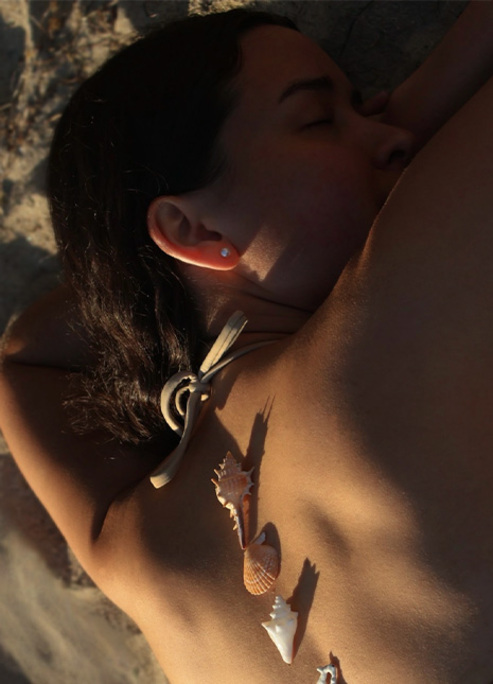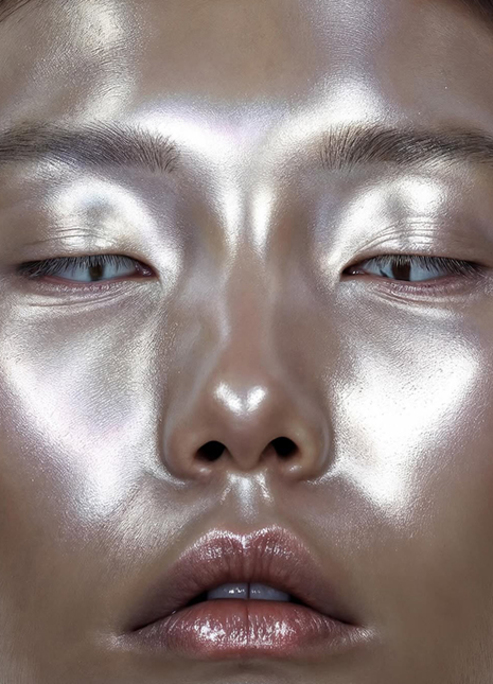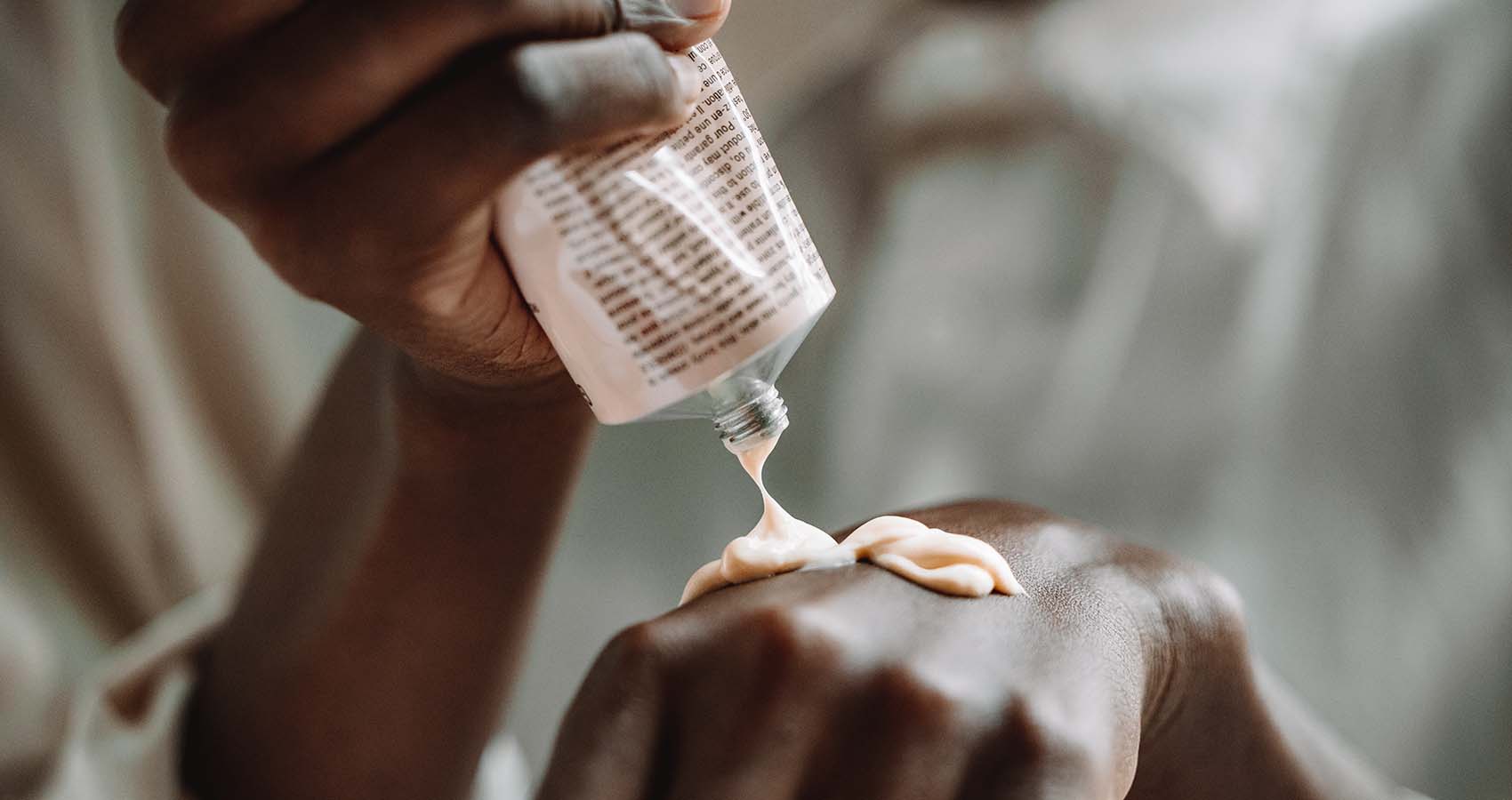
Get The Lowdown On Tretinoin
Is this really the holy grail of skincare?
Tretinoin is hardly a new contender in the skincare sector. A stronger and more concentrated form of retinol, a key ingredient in many skincare products that boast brighter and more youthful looking skin, tretinoin is generally only available via prescription. However, thanks to TikTok trends, this age old Vitamin-A based cream is turning into a worldwide craze. However, owing to the potential side effect of this more potent anti-ager, we’ve compiled some basics you should know before investing in a dermatologist appointment.
Tretinoin vs Retinol: What’s the difference?
Both tretinoin and retinol are part of a broader category of retinoids; skincare topicals which contain Vitamin-A derivatives. Tretinoin is sometimes more commonly referred to as Retin-A. Whilst retinol is available on most store shelves, retinoids are up to 20x more potent than retinols, and have been approved by the FDA to treat photoaging (whilst store bought retinols have not).
Being so much stronger, tretinoin reduces inflammation, decreases pore sizes and has been shown to reduce the appearance of fine lines and wrinkles within only four weeks of use. Store bought retinols have been attributed the same improvements in skincare, albeit on a much smaller scale and with a shorter shelf life.
Side Effects
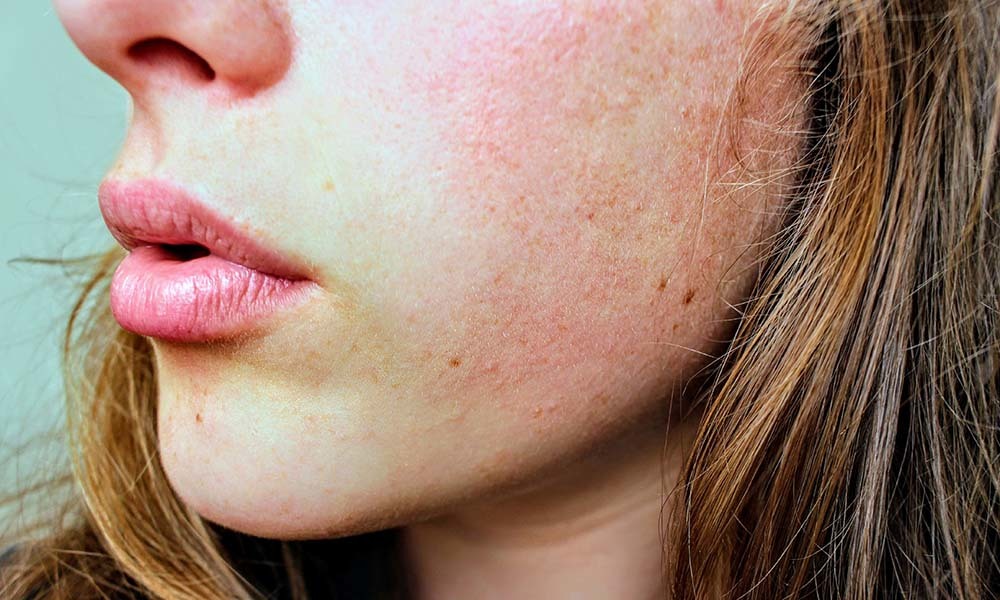
Tretinoin can be incredibly drying for the skin, and should never be applied prior to entering direct sunlight. ‘Purging’ is also common for new users, whereby the first month or two can see the skin breaking out with more acne and redness. This purging stage generally gives way to new and improved skin texture and appearance, although if symptoms persist, a follow up with your dermatologist is required.
How to Use
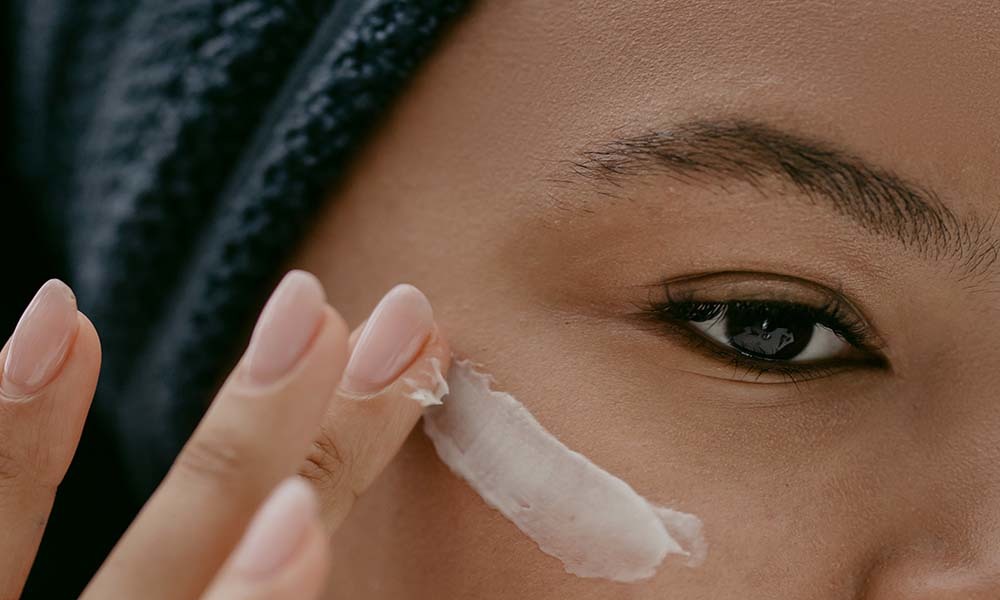
You can’t just hop straight into full tretinoin application on the daily; it requires a slow build up, starting on one of the lower percentages (Retin-A comes in varying percentage strengths), and using a light, pea-sized coverage at night-time once or twice a week. The tretinoin should be applied to a clean and dried face, and compensate for any increased risk of dryness with a good moisturizer and strong SPF during the day to avoid any sun damage.




